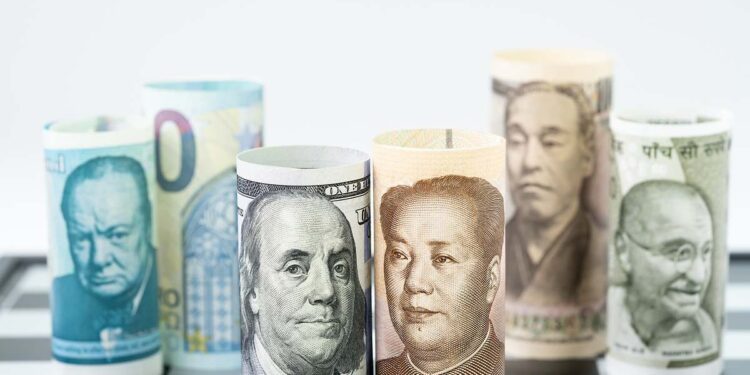According to the report ‘The Road to 2075: Size and Opportunities of the Capital Market’ by Goldman Sachs, in terms of the nominal GDP of each country, in 50 years the economic power of the world will be in the hands of three giants: China, India, and the United States. Although forecasts from the Centre for Economics and Business Research (CEBR) indicate that India will surpass China and become the superpower in 2080.
“Over the next two decades, India’s dependency rate will be one of the lowest among regional economies,” said Santanu Sengupta, Goldman Sachs Research economist for India.
Currently, India is the fifth largest economy in the world. Additionally, it has the largest population globally (1.4 billion inhabitants) with a growing middle class, which also drives the forecast is the country’s progress in innovation and technology, increased capital investment, and higher worker productivity, explains Goldman Sachs.
In breakdown, it is one of the few nuclear powers, and a country that recently surpassed China as the most populous in the world and became the first in history to successfully land on the south pole of the moon.
“India will be a superpower: it has a large consumer base and a very young population,” says Pushpin Singh, senior economist at the London consultancy CEBR, to the BBC.
According to the CEBR consultancy, “India is expected to maintain strong growth of around 6.5% between 2024 and 2028, and become the third largest economy in the world by 2032, surpassing Japan and Germany. In line with this, projections for the end of the century predict that India will emerge as the largest economic superpower in the world, with a Gross Domestic Product (GDP) 30% larger than that of the United States by 2080.”
Keys to Indian growth
To understand this hegemonic phenomenon of the demographic giant, it is necessary to highlight its goals, such as wanting to become the leader of the so-called ‘global south’, a term used to refer to developing countries in Asia, Africa, and Latin America that want to have more weight in global affairs.
On the other hand, India is betting on “strategic multialignment” (a foreign policy that is more pragmatic than ideological), moving away from its historical position within the Non-Aligned Movement. It has thus joined the select group ‘BRICS’, a concept coined by Goldman Sachs and corresponding to future growing economies with fluid geopolitical alliances.
At the same time, the Indian diaspora reinforces the country’s growth. According to the UN, there are 18 million, but New Delhi claims there are 30 million Indians abroad (including those who have renounced their nationality, as the country does not allow dual citizenship). They mainly live in the Gulf countries, the United States, the United Kingdom, and Canada.
These migrants have become a major economic force. In 2023, they sent nearly $125 billion in remittances to their country, around 3.4% of the country’s GDP, making India the world’s top recipient of international remittances, according to the BBC.
Electoral Process with 1 Billion People
India joins the global democratic celebration. The Asian giant is witnessing the largest electoral process ever seen. It is expected that 1 billion people will cast their votes.
The elections, which began on April 19 and will continue until June 1, will be crucial to achieving the country’s economic ambitions, which are growing.
According to surveys, the majority of the electorate is expected to grant Prime Minister Narendra Modi a third term. Modi has the advantage that during his tenure, India’s global position has improved and its relations with the United States have strengthened.


